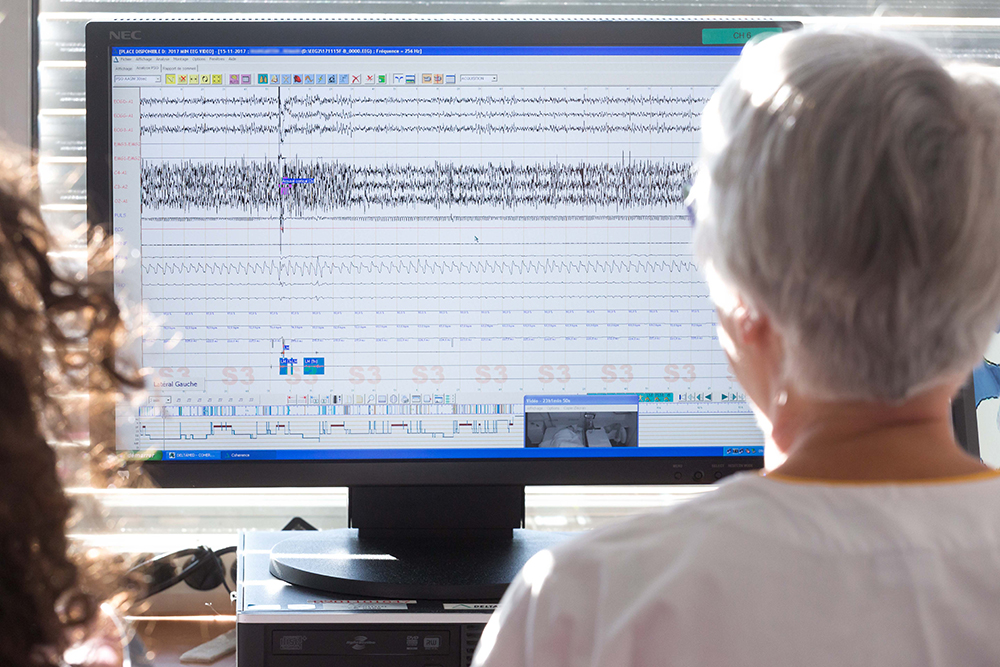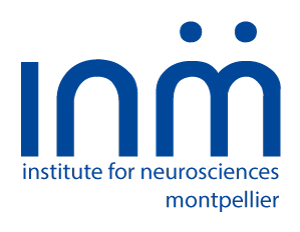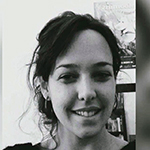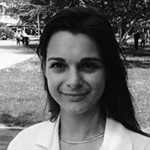Achievements and Highlights
Sleep is a fundamental physiological process necessary to the proper functioning of our brain. Sleep disorders are very common particularly in the elderly and comorbid with brain diseases. Our purpose is to better understand mechanisms regulating to the sleep-wake cycle particularly in “model diseases” of hypersomnolence with a specific focus on narcolepsy (i.e. the most severe form of sleepiness in humans) and in the elderly. We developed two topics related to sleep pathologies and their physiopathology:
1) Central hypersomnolence disorders (narcolepsy)
Excessive daytime sleepiness (EDS) is characterized by a difficulty to stay awake and alert during the major waking episodes of the day, with sleep occurring unintentionally or at inappropriate times of the wake period. EDS is often associated with a wide range of illnesses including metabolic, cardiovascular, neurological, psychiatric diseases but also with voluntary behaviors reflecting poor sleep and sleep debt, leading to disability and increased risk of mortality. EDS is also commonly associated with social and economic consequences thus constituting a significant public health problem. The mechanisms underlying EDS are regulated at different levels that are likely to be under strong environmental, immune, and genetic control. Narcolepsy with cataplexy represents the most severe form of EDS and one of the most studied sleep disorders at the molecular level. Narcolepsy is a disabling disorder characterized by severe EDS and abnormal rapid-eye-movement sleep manifestations, including cataplexy (sudden loss of muscle tone triggered by strong emotions), sleep paralysis, hypnagogic hallucinations, and sleep onset rapid eye movement periods. Narcolepsy with cataplexy has been renamed narcolepsy type 1 due to the deficiency in hypocretin/orexin signaling caused by the selective loss of hypothalamic hypocretin neurons. This neurological disease represents a unique model to study the role of the hypocretin system in the regulation of sleep-wake processing, but also in a wide range of behaviors and functions. We studied narcolepsy using various clinical and translational approaches and provided exciting insights for a better understanding of the pathophysiological mechanisms of EDS at the clinical, physiological, immunological and genetic levels, together with the development of innovative pharmacological treatments for EDS.

2) Sleep disorders and aging.
Based on the elderly 3C cohort, our team reported that insomnia and EDS were independent risk factors for depressive symptoms. We also found that EDS was a risk factor for kidney function decline, cardio-vascular events and mortality, as well as being associated to cognitive decline and early dementia. We confirmed this result and demonstrated that a longer time in bed increased the risk of cognitive decline in frail elderly participants from a subsample of the Multi-domain Alzheimer Preventive Trial (MAPT). Hypothesis suggest a complex mechanism through which changes in sleep pattern may play a role in Alzheimer pathogenesis. We highlighted the complexity of the interactions between a wake-related neurotransmitter cerebrospinal fluid (CSF) orexin-A/hypocretin-1 and amyloid-β in the Alzheimer Disease (AD) process, CSF orexin and amyloid concentrations being negatively correlated within the AD process. Our interest also focused on the natural history of EDS and on factors predicting EDS based on a larger epidemiological cohort study developed in Canada. We found that sleepiness fluctuated over time and was predicted by potentially modifiable common lifestyle and psychological factors. However, persistent sleepiness was associated with chronic diseases thus highlighting a homogeneous group at risk requiring a dedicated management.
The study of EDS and the hypocretin/orexin systems also open new exciting research fields in neurodegenerescence, in particular Alzheimer disease on the one hand, and the stress-related functions including the autonomic nervous system, in the other hand.
Ongoing investigations and expected outcomes
- To better understand the pathophysiological mechanisms of narcolepsy at the clinical (cataplexy), physiological (orexin deficiency), immunological (CD8+ T cells), genetic (HLA) and environment (H1N1 flu) levels, together.
- To developing innovative pharmacological treatments (histamine H3R inverse agonist, solriamfetol, orexin agonist and antagonists)
- To identify new biomarkers to better characterize endophenotypes, and immune alterations and environment interactions in Narcolepsy and Hypersomnolences
- To assess determinants and consequences of sleep alteration in elderly
- To decipher mechanisms involved in the association between sleep disorders and Alzheimer ‘disease with an association between B-amyloid and orexin peptides.
- To develop sleep therapeutic interventions to prevent cognitive decline in at risk populations.
The results will pave the way to targeted trials (immunotherapies and orexin receptor agonists) to better manage patients with narcolepsy, propose personalized medicine to prevent and decrease cognitive decline due to sleep problems.
Methods
Our activities relies on epidemiological cohorts and biobanks from elderly normal subjects and patients with central hypersomnolences: 3C study, Esprit, Prevent, MAPT and Clinical Cohorts from CRMR, sleep lab, CMRR. Data include sleep profile (actigraphy, polysomnography, questionnaires), clinical parameters (cognition and cardiovascular), DNA (GWA, EWA, exome sequencing), sera (antibodies against flu), CSF (monoamine, orexin), PBMC (CD4, CD8+ T cells), microbiota, MRI and microglial activation.
Major publications
- Barateau L et al. Association of CSF orexin-A levels and nocturnal sleep stability in patients with hypersomnolence. 2020 Nov 24;95(21):e2900-e2911.
- Jaussent I et al. Natural history of excessive daytime sleepiness: a population-based 5-year longitudinal study. 2020 Mar 12;43(3).
- Bassetti C et al. Narcolepsy -clinical spectrum, aetiopathophysiology, diagnosis and treatment. Nat Rev Neurol. 2019 Sep;15(9):519-539.
- Dauvilliers Y, et al; Narcoflu-VF study group. Increased risk of narcolepsy in children and adults after pandemic H1N1 vaccination in France. 2013;136(Pt 8):2486-96.
- Dauvilliers Y et al. HARMONY I study group. Pitolisant versus placebo or modafinil in patients with narcolepsy: a double-blind, randomised trial. Lancet Neurol. 2013;12:1068-75.
- Gabelle A et al. Reduced brain amyloid burden in elderly patients with narcolepsy type 1. Alzheimer's Disease Neuroimaging Initiative; Multi-Domain Intervention Alzheimer's Prevention Trial study groups.Ann Neurol. 2019 Jan;85(1):74-83.
- Dauvilliers Y et al. Measurement of symptoms in idiopathic hypersomnia: The Idiopathic Hypersomnia Severity Scale. 2019 Apr 9;92(15):e1754-e1762.
- Ohayon M et al. Excessive Quantity of Sleep and its links to excessive sleepiness – Implications for the DSM-5. Ann Neurol 2013 Jun;73(6):785-94.
- Evangelista E et al. Alternative diagnostic criteria for idiopathic hypersomnia: A 32-hour protocol. Ann Neurol. 2018;83(2):235-247
- Dauvilliers Y et al. Measurement of narcolepsy symptoms: The Narcolepsy Severity Scale. 2017 Apr 4;88(14):1358-1365.
- Jaussent I et al. Excessive sleepiness is predictive of cognitive decline in the elderly. 2012 Sep 1;35(9):1201-7.
- Dauvilliers Y et al. Narcolepsy with cataplexy. Lancet 2007;369:499-511.
Collaborations
In France, Centre de Référence Maladie Rares Narcolepsie (Paris, Bordeaux, Lyon), R Liblau (INSERM Toulouse) C Peyron (INSERM Lyon)
In Europe, European Narcolepsy Network, et notamment avec G Plazzi (Bologne-Italy), GJ Lammers (Holland), M Tafti-C Bassetti (Switzerland)
In United-States, E Mignot, M Ohayon (Stanford), F Han (China), J Montplaisir / C Morin / R Postuma / Z Gor (Canada)
Fundings
INSERM/INCA. « Research Proposal in physics, mathematics and engineering sciences applied to the cancer research» : Glioma Track
SATT AxLR – Mécanisme d’action des phostines chez les gliomes et extaension à d’autres pathologies cancéreuses
REGION/INSERM – Identification de marqueurs de réponse aux phostines
SATT AxLR– Développement d’un système de culture 3D pour le criblage de molécules inhibant la migration des cellules cancéreuses























